AS one of the 7 Wonders of the World, the Great Wall of China attracts millions of visitors around the globe every year. However, few of them have the opportunity to steal a glimpse of the incredible night view of it.
For those who intend to make the most of their trip to the Great Wall, here comes a piece of good news which you might find useful: coming into effect from today until October 7, you can make a reservation to enjoy the unique night view of the Great Wall at Badaling from 7:30 p.m. to 9:30 p.m. every Friday and Saturday. Seize this valuable opportunity if you are currently residing and studying in China!
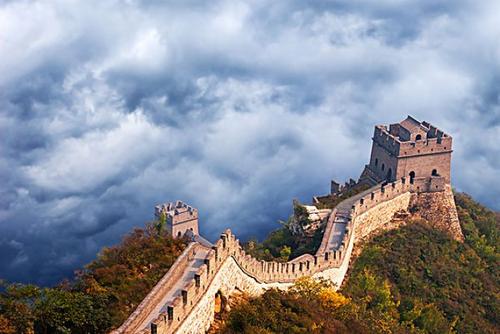
Renowned as a UNESCO World Heritage site since 1987 and one of the Seven Wonders of the Medieval World, the Great Wall of China stretches westward across the provinces and municipalities of Liaoning, Hebei, Tianjin, Beijing, Inner Mongolia Autonomous Region, Shanxi, Shaanxi, and Ningxia Autonomous Region to Gansu in the west.
Generally, the walls in east China are kept in good condition, while those in the wild northwest have been heavily weathered or damaged. Beijing has the quintessence of the Ming Great Wall. The best-preserved and most-visited sections are generally within 130 km north of downtown Beijing.
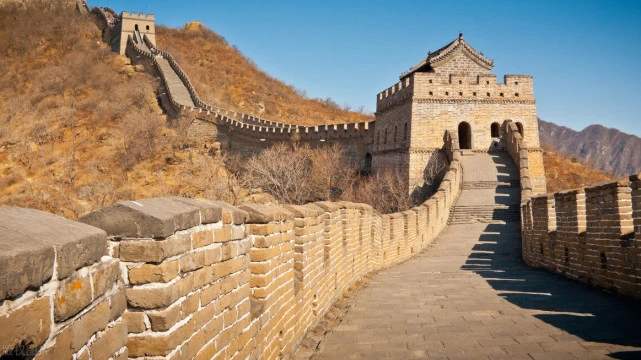
The history of the creation of the Great Wall can be traced back to the Western Zhou Dynasty, more than 2,000 years ago.
Exploited as an important military defense fortification in ancient China, the walls were ordered to build continuously by emperors of various dynasties. As a result, the walls increased significantly in length.
However, the length of the walls changed with the rise and fall of each ruling empire in the history of China. While in the Qin and Han dynasties, the length of the Great Wall was more than 10,000 kilometers, in Ming Dynasty, the figure fell to 8,851.8 kilometers.
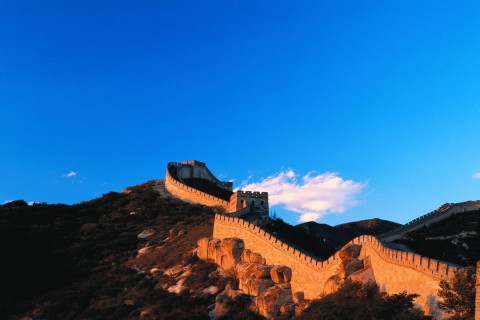
According to legend, the first emperor of China, Qin Shi Huang, upon consolidating his power, ordered so many laborers to build the Great Wall that it accounted for one twentieth of the empire’s total population. The Great Wall easily required the greatest human effort of any ancient construction. 100 million tons of bricks, stone, and soil were transported and assembled by millions of soldiers, peasants, prisoners, and animals using basic rope, wood, and basket systems on remote terrain ranging from parched desert to steep mountain ridges.
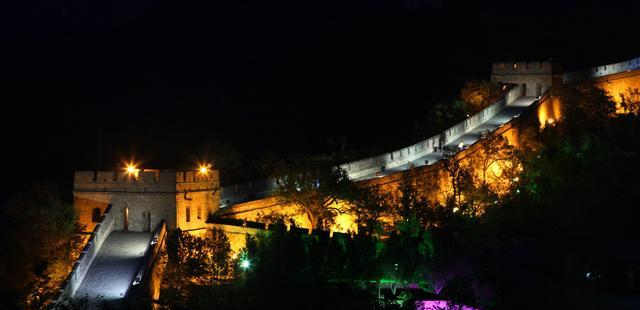
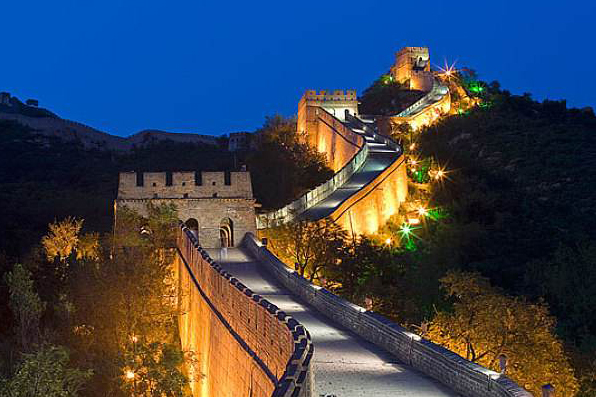
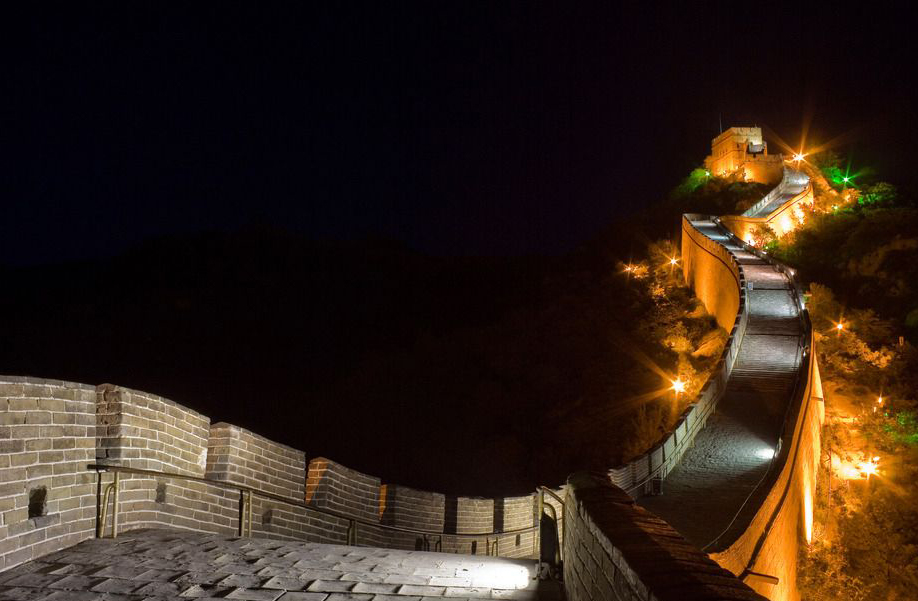
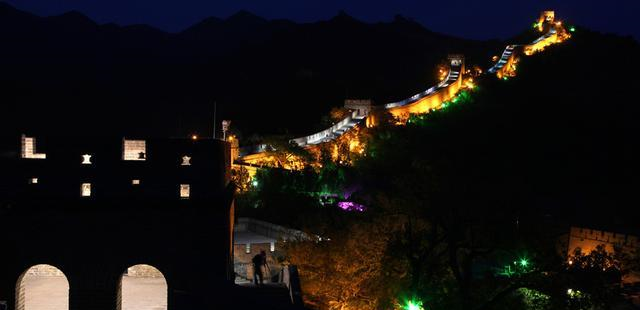
To better protect the relics of the Great Wall, a real-name online reservation system has been implemented to sell tickets and limit the number of visitors. So, if you want to see the Great Wall at night, book in advance.